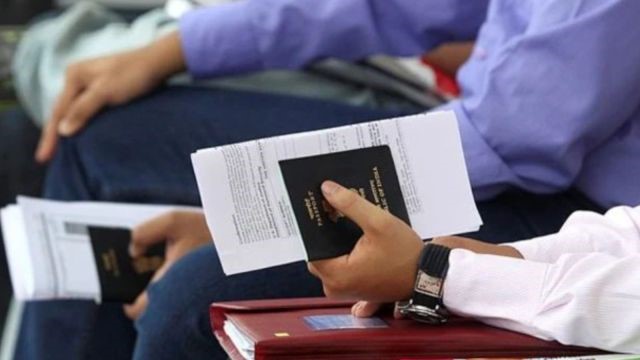Scheme to Attract ‘Star Faculty’ Amid Global Academic Shifts

- 24 Oct 2025
In News:
India is formulating an ambitious new scheme to attract Indian-origin “star faculty” and researchers working in global universities to return and contribute to its domestic research and innovation ecosystem. The initiative, under discussion between the Principal Scientific Adviser’s Office, the Department of Higher Education, and the Departments of Science and Technology (DST) and Biotechnology (DBT), reflects the government’s push to position India competitively in the global race for scientific and academic excellence.
Background: India’s Research Landscape
- India has a strong tradition in science and higher education through premier institutions like the Indian Institutes of Technology (IITs), Indian Institutes of Science Education and Research (IISERs), and national laboratories under the DST and DBT. However, the country faces persistent challenges in retaining and attracting top global talent.
- India’s R&D expenditure remains around 0.7% of GDP, much lower than that of the U.S. (2.8%) and China (2.4%). Coupled with bureaucratic hurdles, modest salaries, and limited research autonomy, these factors have led to a steady outflow of skilled scientists and academics, often referred to as “brain drain.”
- Existing programmes such as the Visiting Advanced Joint Research (VAJRA) Faculty Scheme, Ramanujan Fellowship, and Ramalingaswami Re-entry Fellowship have attempted to link overseas Indian scholars with domestic institutions. However, participation has remained limited, prompting the need for a more comprehensive and long-term mechanism.
Key Features of the Proposed Scheme
The Star Faculty Scheme seeks to attract established Indian-origin researchers with strong academic and scientific credentials to work full-time or for extended periods in Indian institutions.
1. Targeted Recruitment:The initiative will focus on 12–14 strategic areas in science, technology, engineering, and mathematics (STEM) deemed vital for national capacity-building.
2. Financial and Institutional Incentives:Returning scholars are likely to receive substantial one-time set-up grants to establish laboratories and research teams. Institutions like the IITs have expressed support for providing operational flexibility and research autonomy.
3. Red-Carpet Ecosystem:The scheme aims to minimize bureaucratic delays by offering streamlined processes for housing, administrative support, and project funding. Experts emphasize that beyond salaries, a “red-carpet” experience—ease of living and working—is critical to attracting global talent.
4. Collaborative Networks:It will promote inter-institutional linkages between Indian and foreign universities, ensuring long-term collaboration rather than short-term exchanges.
5. Light-Touch Oversight and IP Clarity:A balanced governance framework will ensure academic freedom, transparent intellectual property ownership, and minimal reporting burdens, aligning with global research practices.
Global Context
The initiative comes amid significant shifts in global academia. In the United States, policies like the “Compact for Academic Excellence in Higher Education” under the Trump administration have tightened regulations on international students, race-based admissions, and university autonomy. Critics view these as constraints on academic freedom, prompting uncertainty among foreign faculty—including those of Indian origin.
Simultaneously, Europe is moving to enshrine academic freedom in law, while China and Taiwan continue to expand well-funded recruitment drives to attract overseas researchers. India’s new scheme aims to leverage this shifting academic landscape to bring back its global talent pool.
Structural Challenges
Experts highlight that India’s ability to compete globally will depend on addressing systemic issues:
- Non-competitive pay: A full professor in India earns roughly USD 38,000 annually, compared with USD 130,000–200,000 in the U.S. and USD 100,000 in China.
- Infrastructure gaps: Many universities still lack advanced laboratories and research autonomy.
- Bureaucratic hurdles: Lengthy approval processes discourage international collaboration.
The new programme aims to overcome these through multi-year appointments, flexible tenure, and transparent evaluation mechanisms.
Way Forward
If executed effectively, the Star Faculty Scheme could reverse the brain drain, strengthen India’s knowledge economy, and foster innovation-led growth. It can bridge the gap between academia and industry, promote technology transfer, and develop globally connected research ecosystems.
By offering world-class conditions, trust-based governance, and institutional flexibility, India has the opportunity to reimagine its academic landscape, positioning itself as a global hub for scientific talent and innovation in the 21st century.
